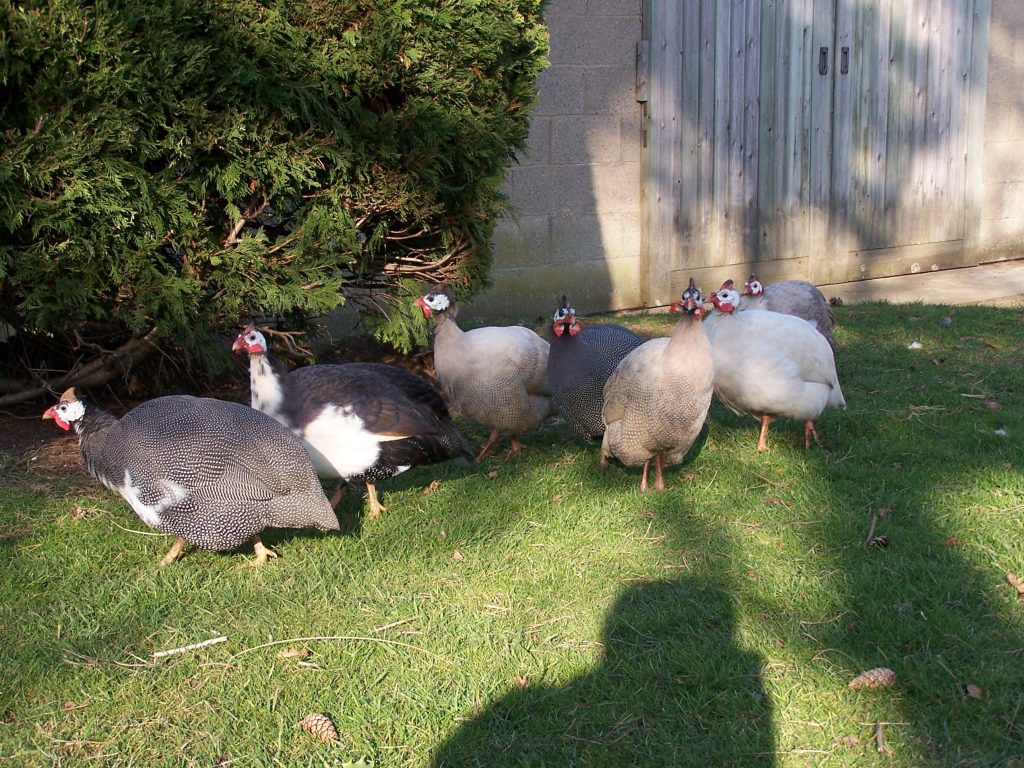It’s all about guinea fowl…
Welcome to my website devoted to Guinea Fowl, I hope you find it interesting and helpful.
Guinea Fowl are fascinating birds and the more you get to know them, the more amusing you find their quirky ways.
I have a small flock of birds which I breed from, I have done so for over 25 years now, I have written about my experiences in the hope that it will help others who would like to keep guinea fowl.
